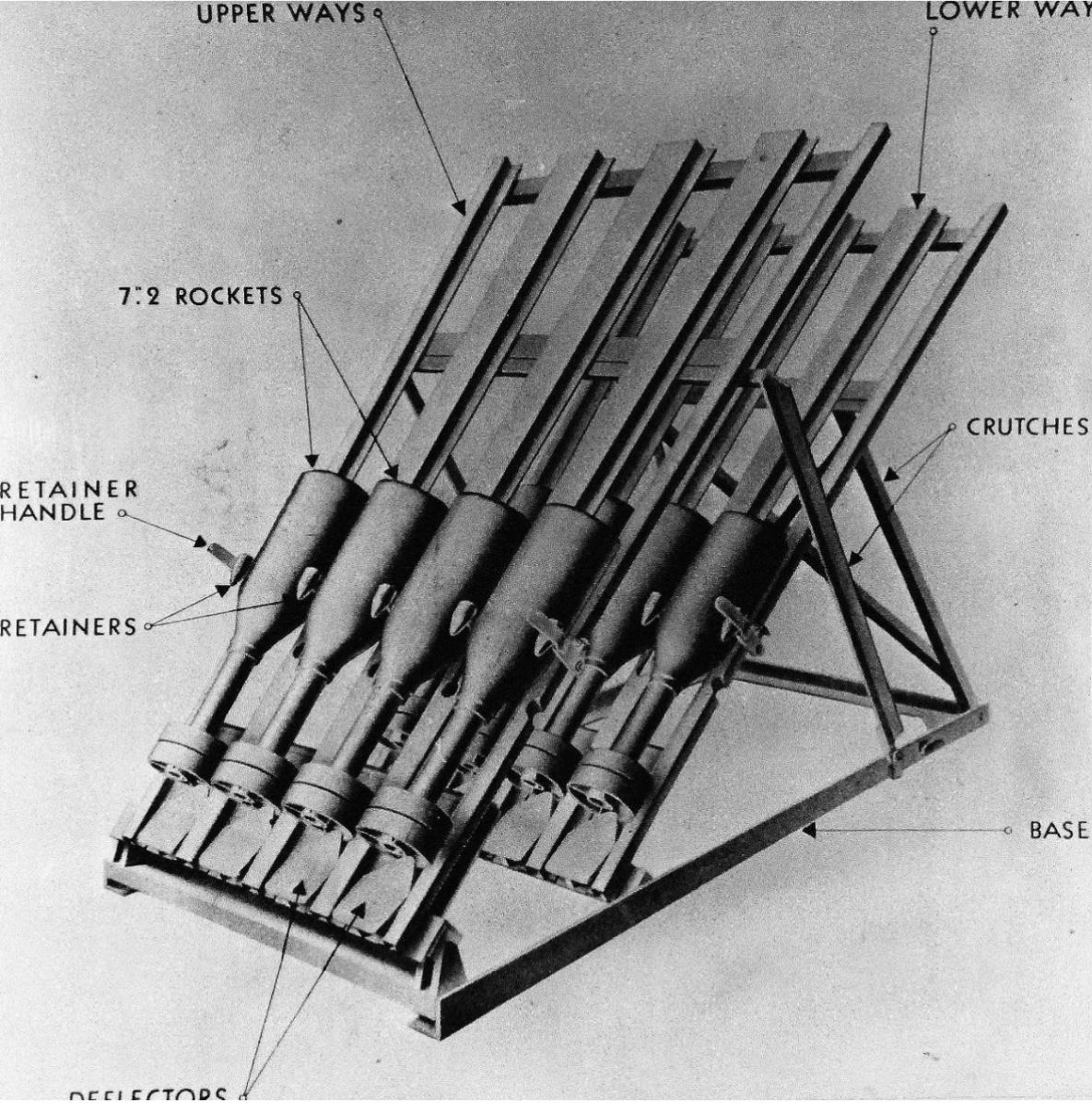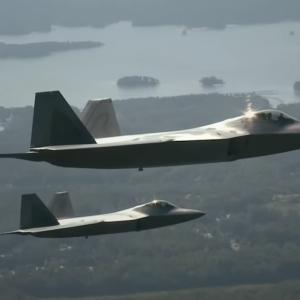
Mousetrap
During World War II the Allies found that rolling depth charges off the stern often lost sonar contact at the crucial moment, so the U.S. Navy developed forward‑firing weapons. One such system, commonly called Mousetrap, used short deck rails to fire solid‑propellant rockets ahead of a ship so explosive charges would hit or detonate near a submerged submarine.
The launcher was simple and light, designed for quick installation on small escorts. Rockets sat on rails and were fired electrically in salvos. Each carried a conventional high‑explosive warhead with contact or pressure fuzes; recoil was negligible, so ships that couldn’t handle heavy mortars could still field a forward attack capability.
Design and production were handled by the Navy’s Bureau of Ordnance with multiple contractors and yards building rails, rockets, and mounts to scale up quickly. Large numbers of rockets and many launcher racks were produced and fitted across destroyer escorts, patrol craft, and frigates to improve convoy defense.
In action the sequence began with active sonar contact, range and bearing calculations, and aligning the launcher so rockets would land ahead of the ship. Firing a pattern increased the chance of a direct hit or a damaging near miss. While each rocket carried less explosive mass than the biggest depth charges, a hit was often decisive: hull breaches, flooding, and shock damage could disable or sink a submarine. Early reliability and fuze issues were worked out in service, and tactical use improved effectiveness.
The system was one of several complementary tools—alongside hedgehogs and depth charges—that collectively raised the cost for attacking submarines. Mousetrap’s value was tactical: it let escorts keep sonar contact while delivering explosives forward, increasing kill probability for small, widely distributed ships. Its wartime lesson was simple: inexpensive, easy‑to‑fit forward weapons can change engagements by improving accuracy and preserving sensor contact, a principle that influenced later ASW developments.










